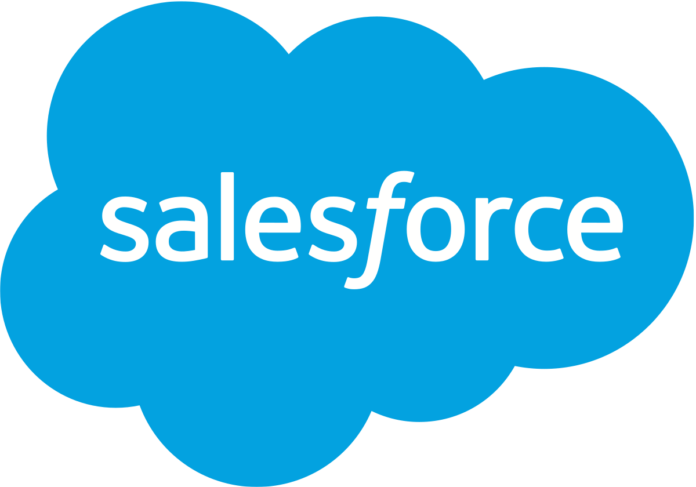Salesforce has become immensely popular. The primary reason for this is the platform’s capacity to enable a reduced number of technical users to create customizations and apps without writing any code. It is a unique power that is available with the cost. And that makes release management and source control highly challenging owing to its habit of introducing various competing truth sources along with the reverse engineering click configuration expense right back at the code.
Do you want to attain complete success in adopting the Salesforce release management and source control? If yes, then the organizations need to cater to a set of guiding principles, which isn’t the prerequisite for other software development stacks. Every organization has its unique release requirements specific to its culture. That’s why it is essential to follow the best practices. That way, organizations will have no issues in attaining an automated, streamlined, and a new-age Salesforce release management procedure.
You can apply the Salesforce release management best practices discussed below to Salesforce DX (Developer Experience) and API (Application Programming Interface) based projects.
Make use of pull and branching requests
The pull request and feature branching are the industry standard to work on Git. Even then, teams keep working off the shared branches and apply the same to the production. However, if you find yourself doing that on an ongoing basis and using the hotfixes, your procedures need a change. And all your admins and developers should work on their sandbox and bring out the changes to another feature branch, which stands for business change. Then the feature branch will get merged with other integration branches prior to getting implemented in the chosen environments.
Keep track of Git code and configurations
The configurations such as workflows, rules, fields, and objects are equally essential as the Apex lightning elements and code. However, some teams still decide to trace just the code in the repositories, which leads to a failed release management process. Hence, you need to ensure that both code and configurations get tracked in the repository.
Implement Git in the living truth source
You don’t need to frame this in a document. Instead, it should get applied systematically. The ideal way to implement this is to create an ongoing integration job which implements from the Git Repository to the production. If there are any initiatives for changes in the production directly, it will revert automatically when the ongoing integration job starts next time. It will put your whole team in a place where each one has to pay heed to the release management process. It will become essential to make the required changes in the Git before the production process.
You need to release the small modifications and release them recurrently
It’s essential to keep the Git repository as an implementable and active source of truth. It shouldn’t get confused with any backup. You might have to track the page layouts and profiles in the Git repository as the real source for the correct set of reasons. Have you decided to go with this? If yes, you have to eliminate it from the Git repository. It also enables your team, to simply align their respective sandbox by implementing the master branch to the sandbox. That way, they won’t come across any implementation mistakes. It’s essential to release frequently for detecting the problems at the early stage. It also provides you with the assurance that Git is the real source of truth for you.
Manage the end-to-end automated integration job
You have to create an ongoing integration task that conducts the validation the moment it gets merged. Any build failures will block the release management pipeline. Hence, ensure that you create a backdrop where each one pays heed to the build feature and also address the same at the correct time.
Carry out the code review
Code review is a usual practice in various other tech stacks. However, this process hasn’t performed well in the Salesforce domain. The teams that want to succeed with the Salesforce source control, along with the release management, need to take correct initiatives to adopt the code review practice. The code review can enhance significantly and add more vibrancy to the team collaboration when you have access to the right review tools. It’s a fantastic way for each team member to stay aligned with the production changes.
Equip the users with various skillsets to take part in the Salesforce release management method
Salesforce is a unique platform. It equips the developers and the less technical users, such as the admins and business analysts as well. And for correct adoption, you have to offer tooling assistance to the admins and business analysts, so that they can take part in release management. They should be able to do this even if they don’t know command lines, Git, and XML. Trying to urge the non-technical users as well through a strict learning curve might be a failure.
Manage duty segregation and access control
The Salesforce release management process needs to get designed where every team member should stay focused on their part in the entire method. For example, the non-technical users should commit to the feature branch and simultaneously merge with the master branch directly. The quality analysis and release manager need to stay focused on testing and sanctioning pull requests. Also, the developers must concentrate on approving pull requests, code review, building pipelines, and code merge.
The best building pipeline, branching policy, and release management process can be a little different. It depends entirely on the complexity and size of the Salesforce platform. However, until you keep true to the above-mentioned best practices for release management, you are always one step ahead. You can successfully keep moving your team towards a more seamless and rational Salesforce release management process. Hence, you must take the time to research the best practices and understand the same before implementing them. There’s always ample help available in the Salesforce platform for you to get it correct.






















